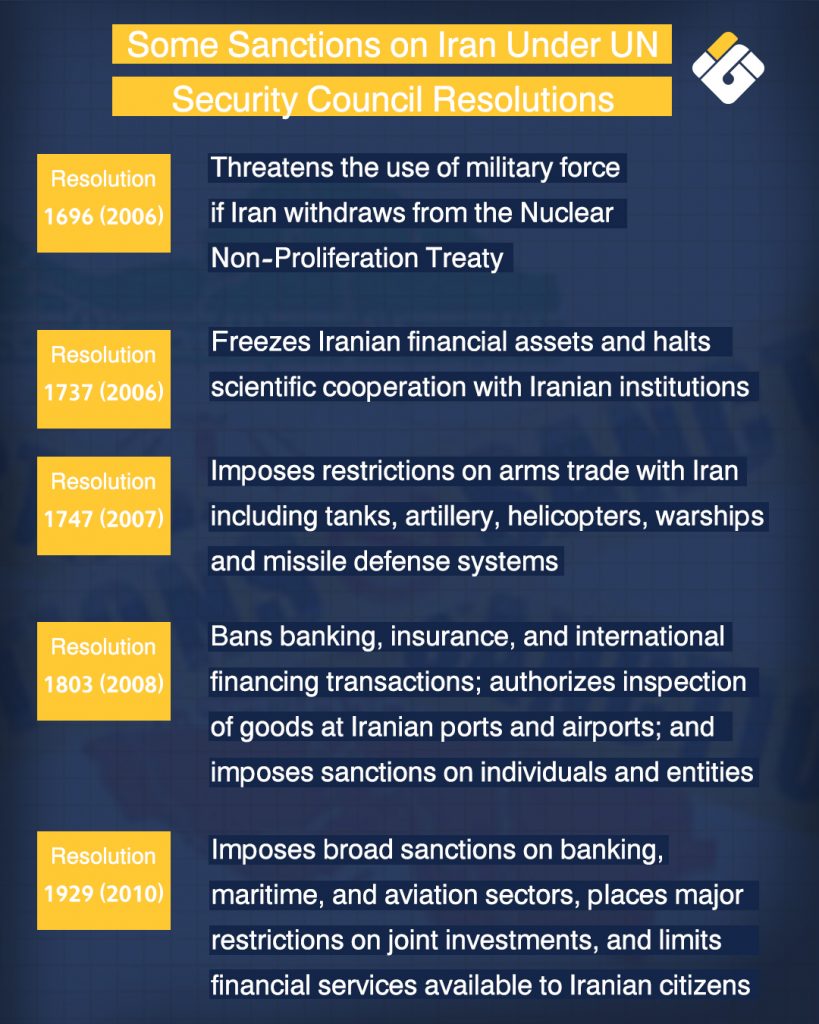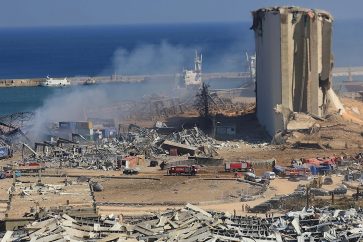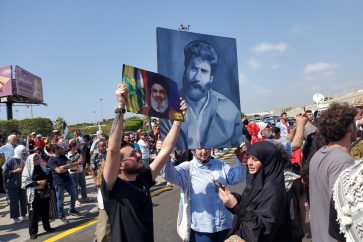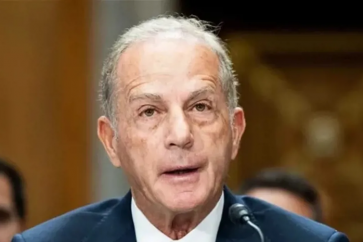Safa Ezzeddine
Translated by Hussein Mughniyeh
When the cannons of war fell silent after the Second World War, a new kind of battlefield emerged—one that required no armies, only signatures, decrees, and financial systems. The victors of the century built a global order where economic power replaced the sword, and sanctions became the new siege engines of the modern era.
Today, economic sanctions are the preferred weapon of powerful nations against their rivals, deployed not in open conflict but in boardrooms and parliaments, targeting bank accounts instead of borders. They aim to force adversaries to bend, to alter policies, or to shift positions without a single missile launched.
Yet sanctions are not born of moral principle. As history shows, they often serve the “supreme global interests” of dominant powers—chiefly the United States and Western Europe—protecting their stake in the existing economic hierarchy.
And they do not stop at governments. Sanctions reach deep into societies, touching individuals, companies, scientists, and civic figures. The economist and historian Nicholas Mulder describes this evolution in his book The Economic Weapon, noting that modern sanctions are distinctive because “they are applied in times of peace, not war.”
The Roots of Pressure: Iran and the JCPOA
From the late 20th century to today, two countries have been caught in the fiercest crossfire of economic sanctions: Iran and Russia.
Since the victory of the Islamic Revolution in 1979, Iran has lived under the shadow of Western embargoes. Decades later, in 2015, the Joint Comprehensive Plan of Action (JCPOA) offered a fragile truce: Iran would scale down uranium enrichment in exchange for relief from economic pressure.
The agreement briefly heralded a regional and international détente. But the promise proved short-lived. In 2018, then–U.S. President Donald Trump tore up Washington’s commitments and withdrew from the JCPOA, reigniting the nuclear dispute and launching the “maximum pressure” campaign that reimposed sweeping sanctions.
This reversal eroded faith in U.S. guarantees and exposed Europe’s inability to safeguard the deal. Central to the renewed controversy was the “snapback mechanism”—a clause allowing the automatic reinstatement of UN sanctions on Iran if it was accused of violating nuclear obligations, bypassing any new Security Council vote.
This mechanism was anchored in UN Security Council Resolution 2231 (2015), which gave any signatory the authority to trigger the return of sanctions within 30 days unless the Council decided otherwise.
In an interview with Al-Manar website, Iranian political analyst Mehdi Azizi explained:
“The snapback mechanism arises from the psychological turmoil within the West and the Zionist entity after Iran’s Intelligence Ministry revealed classified documents about the entity’s ties with certain Arab states and the location of its strategic facilities.”
Azizi added that, with the expiration of Resolution 2231, such sanctions have become legally void—though Washington’s habitual disregard for international agreements has long rendered its guarantees meaningless.
In a separate discussion with Al-Manar TV, political researcher Ghaleb Sarhan outlined how Iran has learned to circumvent economic sanctions, navigating the loopholes of the snapback mechanism and exploiting cracks within the Western economic front.

Sanctions Did Not Spare Russia
The use of sanctions is not confined to Iran. With the collapse of the Soviet Union in 1991, Moscow entered an era of economic vulnerability that Western capitals were quick to exploit. From that moment on, the “Russia file” became a fixture in the arsenal of Western coercive diplomacy.
When the war in Ukraine escalated, the United States and its European allies expanded their punitive measures, layering them atop decades of previous restrictions. Washington and Brussels, in concert with NATO, sought to isolate Moscow, brandishing sanctions as both punishment and deterrent.
The Magnitsky Act
One of the first salvos in this campaign was the Magnitsky Act, enacted on December 14, 2012. Under this law, Washington imposed sanctions on Russian officials accused—according to U.S. claims—of human rights violations, banning their entry into the United States and freezing their assets.
Though presented as a defense of “humanitarian values,” the law functions, as many analysts argue, as a propaganda tool to manipulate global public opinion and justify U.S. punitive policies under the guise of moral leadership.
Sanctions on the Nord Stream 2 Project
Energy soon became another front in the economic war. The Nord Stream 2 project, designed to deliver 55 billion cubic meters of natural gas annually from Russia to Germany via the Baltic Sea, became a symbol of Europe’s energy dependence—and of Washington’s disapproval.
On December 20, 2019, President Donald Trump signed a defense budget that included sanctions targeting Nord Stream 2 and TurkStream. U.S. pressure forced companies, including Allseas, to halt operations and withdraw their ships.
The project suffered further setbacks following a series of explosions on September 26, 2022, which Russian President Vladimir Putin denounced as “an unprecedented act of international terrorism.”
Washington, meanwhile, promoted its own liquefied natural gas (LNG) exports to Europe, presenting American energy as a substitute for Russian supply.
All of this is described by journalist Ahmed Al-Hajj Ali, a specialist in Russian affairs, in an interview with Al-Manar website, as a “double-edged sword”—for while these sanctions weaken Moscow, they also reshape Europe’s economy in ways that favor Washington.
The Special Military Operation in Ukraine
The decisive turning point came with Moscow’s recognition of the Donetsk and Luhansk People’s Republics (DPR and LPR) on February 21, 2021, followed by the launch of the Special Military Operation (SVO) in Ukraine.
Within hours, Washington escalated its economic assault. On February 21, 2022, it sanctioned the two self-proclaimed republics; a day later, it targeted Russian sovereign debt and financial institutions such as VEB and Promsvyazbank. By February 24, the net widened to include major banks, top business figures, and key members of Russia’s political elite.
Subsequent waves of sanctions struck even deeper: restrictions on President Vladimir Putin, members of the Russian Security Council, bans on high-tech exports crucial to defense, aerospace, and shipbuilding industries, and a freeze on dealings with the Central Bank of Russia.
Who Profits from Sanctions?
In the grand calculus of power, the United States stands as the chief beneficiary of the sanctions imposed on Russia. As Europe cuts itself off from Russian gas, it turns to American shale gas—fortifying the dollar’s dominance not just over the ruble, but over the euro itself.
Economic sanctions, once framed as instruments of justice, now reveal their deeper function: weapons of economic empire. And in the global struggle between East and West, their true cost is measured not in currency, but in sovereignty.
Source: Al-Manar English Website







